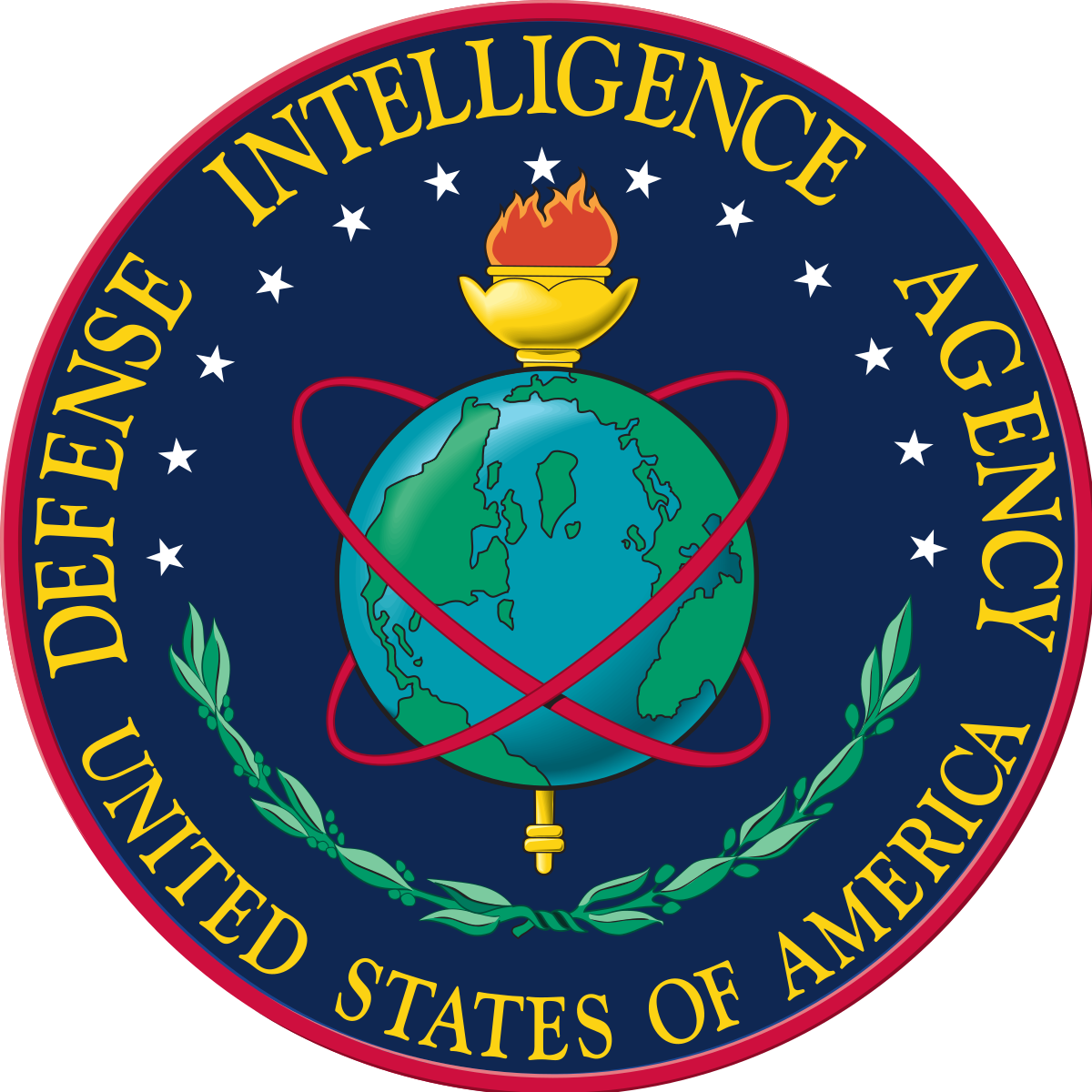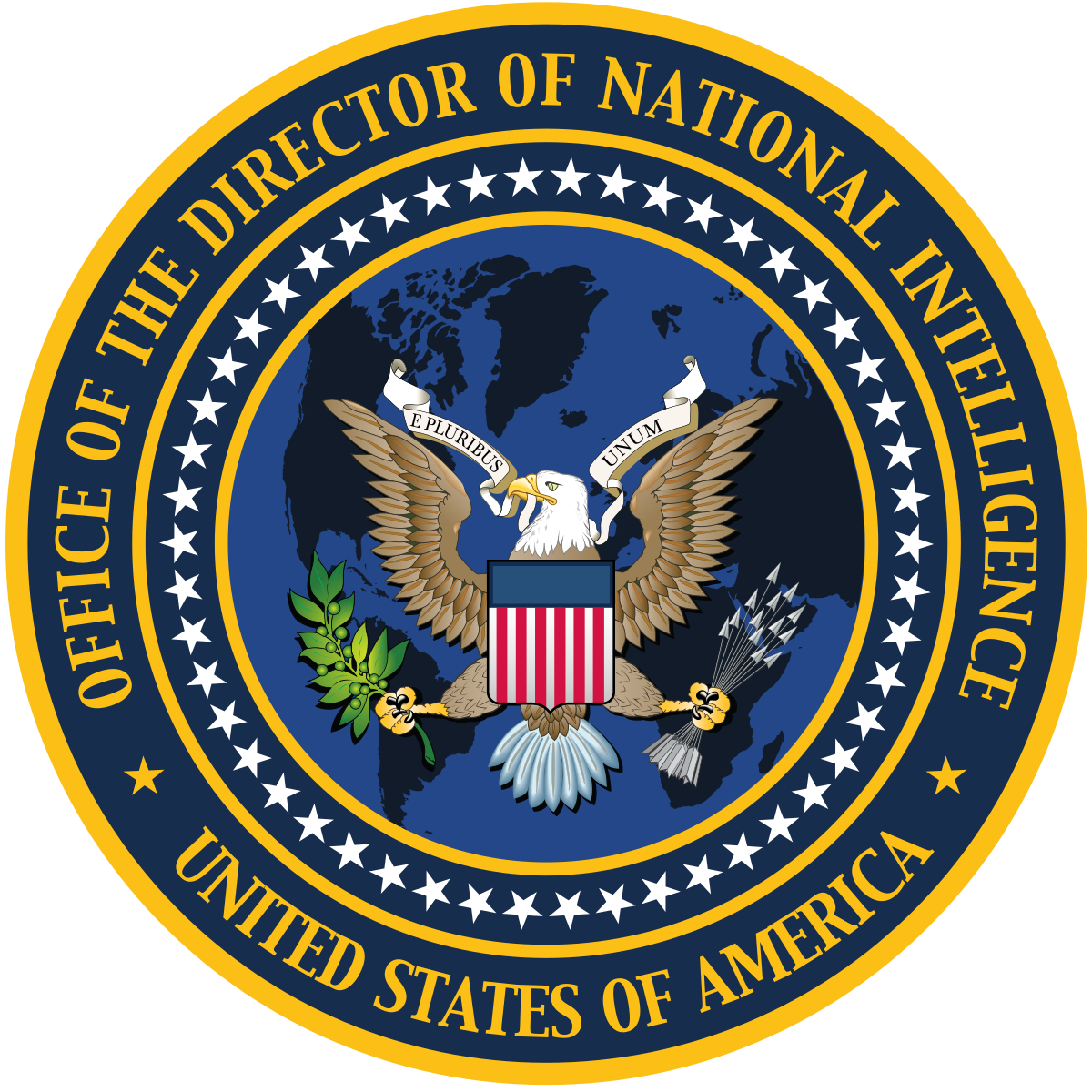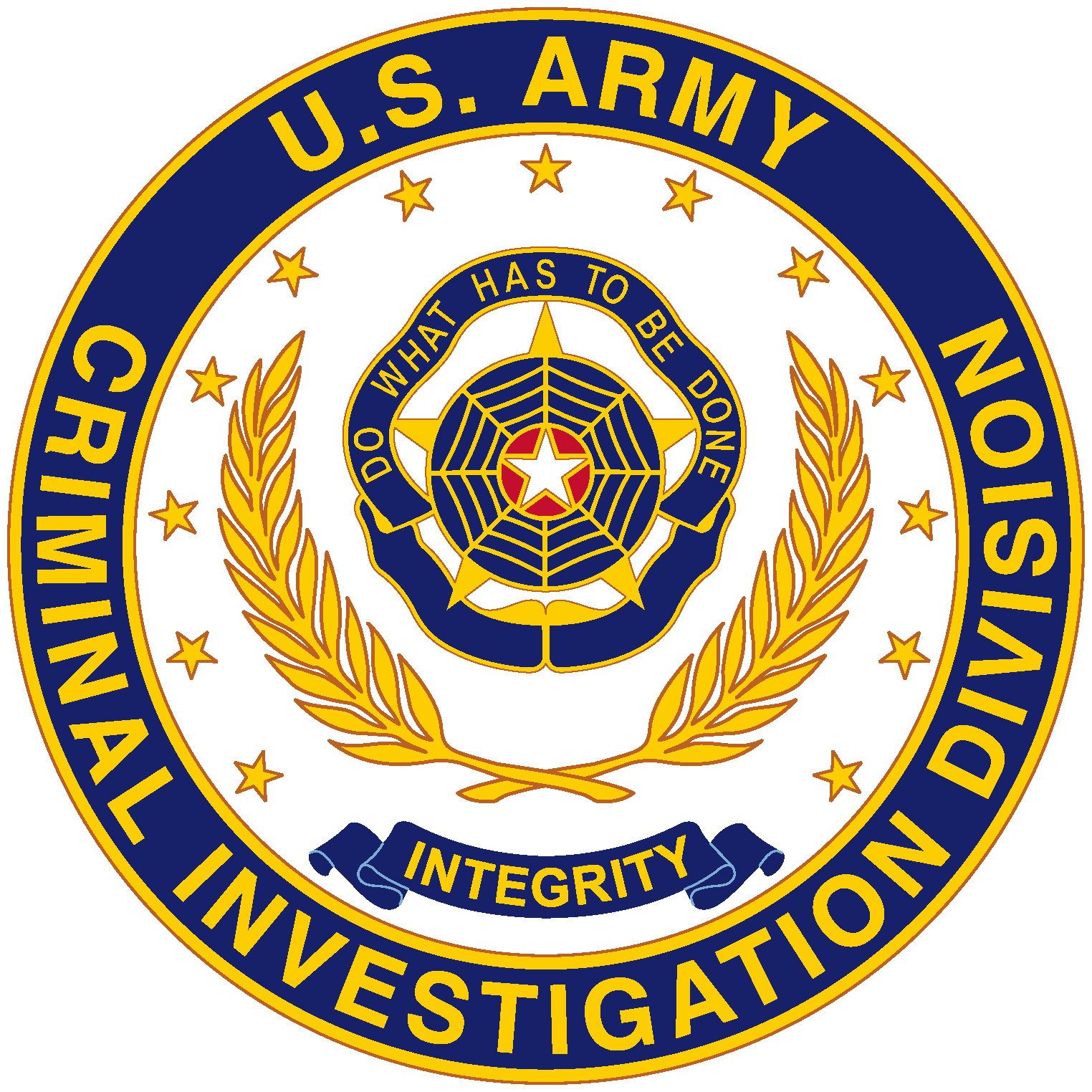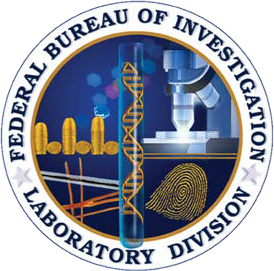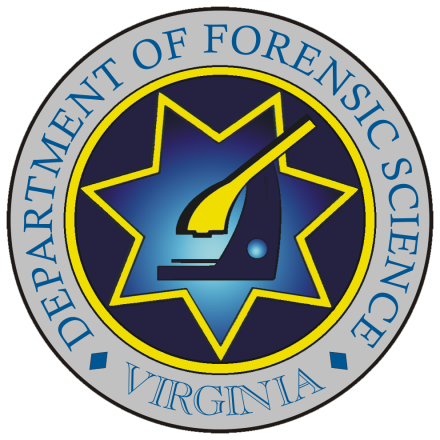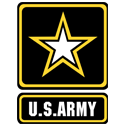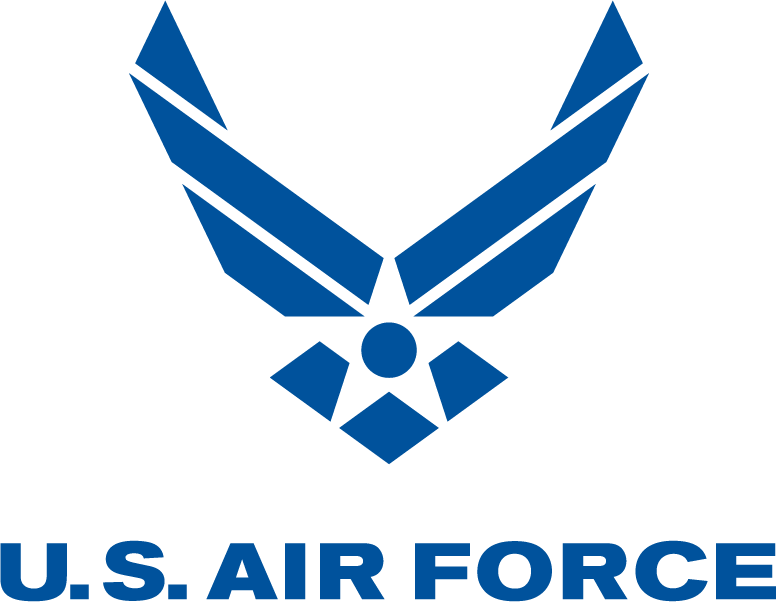The Science of Assurance
TM


Sciometrics offers 3 unique and proven Biometric products as well as Custom Development to meet your needs.
An SDK that adds the power and ease of contactless fingerprint capture to your mobile application. With our patent technology, turn every officer, soldier or agent into a biometric sensor.
Read MoreA unique handwriting analysis, matching and visualization tool designed to assist law enforcement, military and intelligence professionals in the identification of suspects, criminals, and terrorists via their handwriting.
Read MoreA revolutionary matching tool to aid Latent Print Examiners (LPEs) in palm fragments and difficult finger impressions.
Read MoreOur team of experienced developers provides cutting-edge software products tailored to meet the unique needs of our clients.

In support of the global military, intelligence, and law enforcement communities
